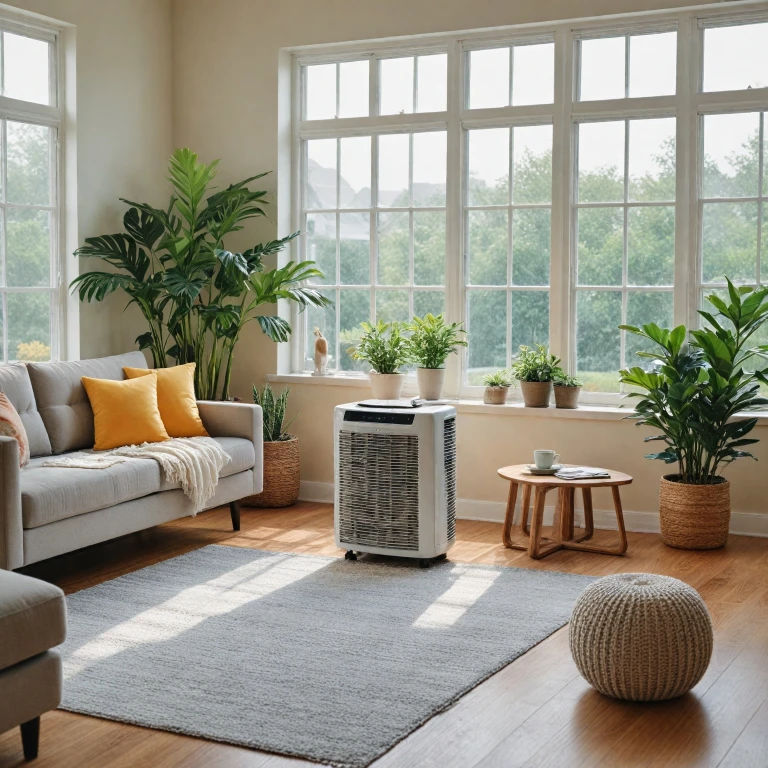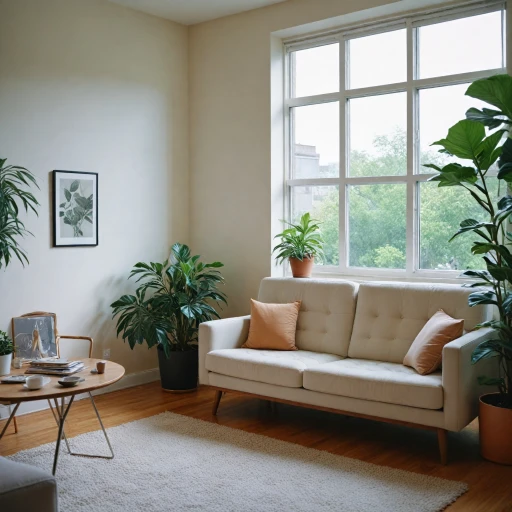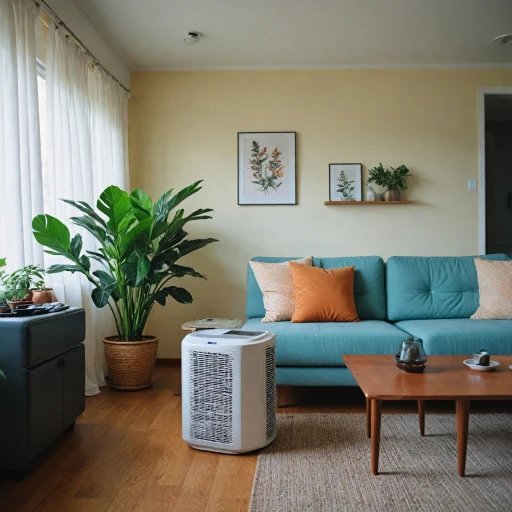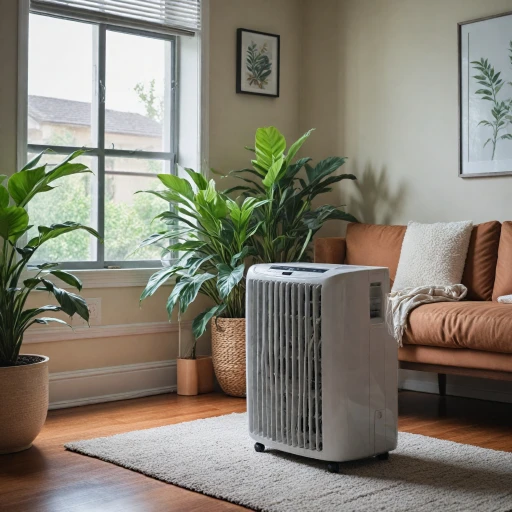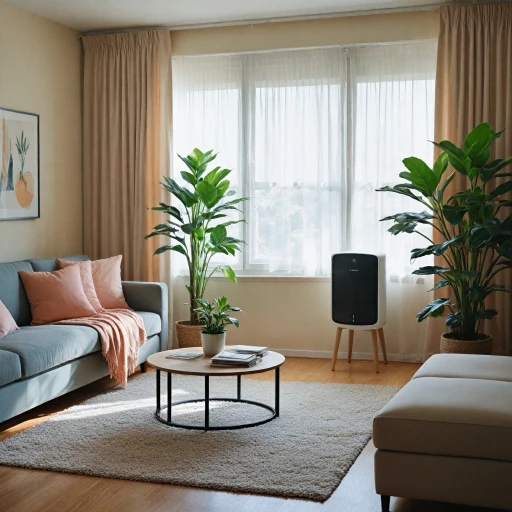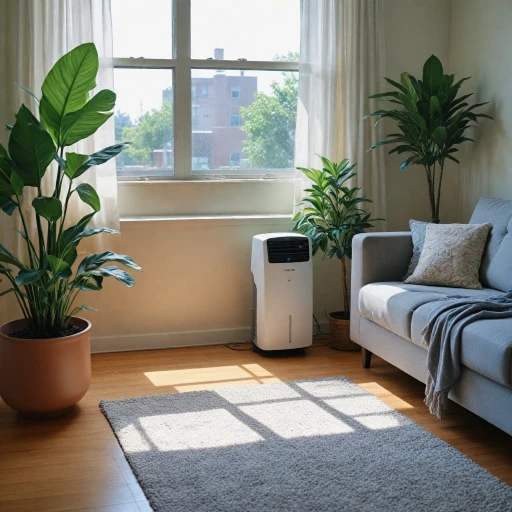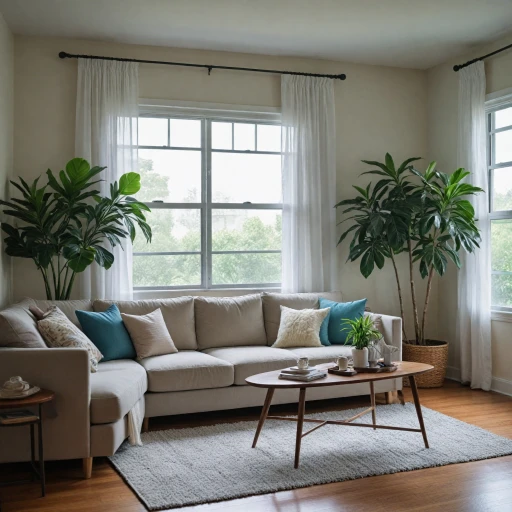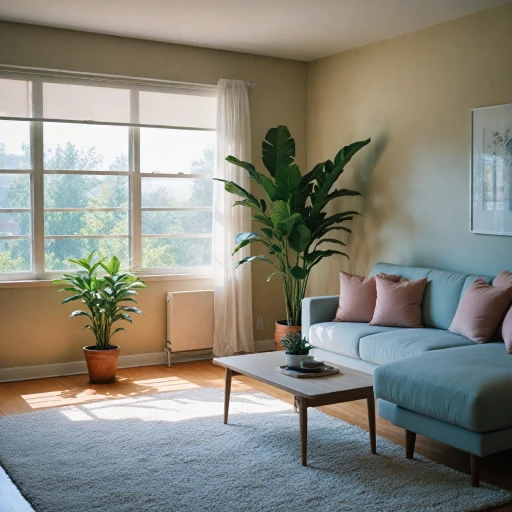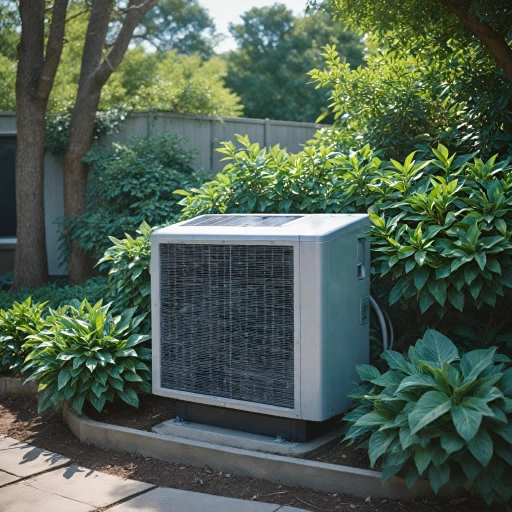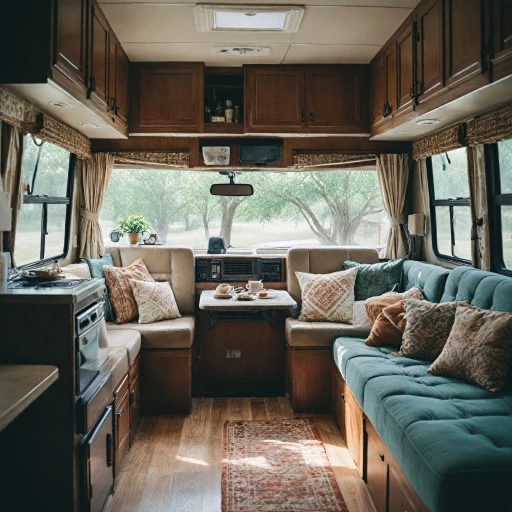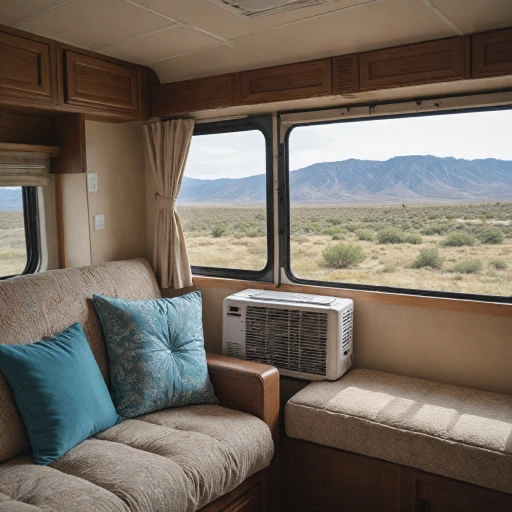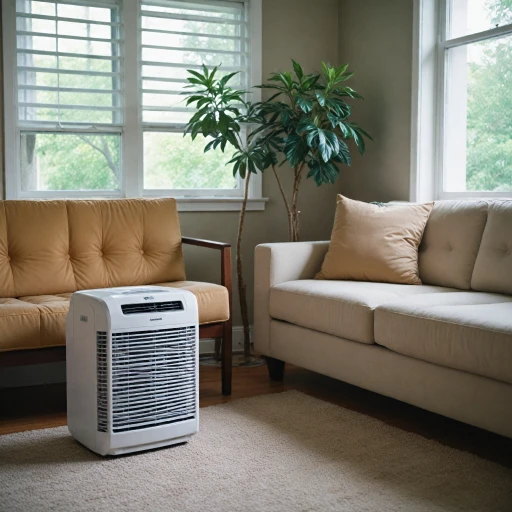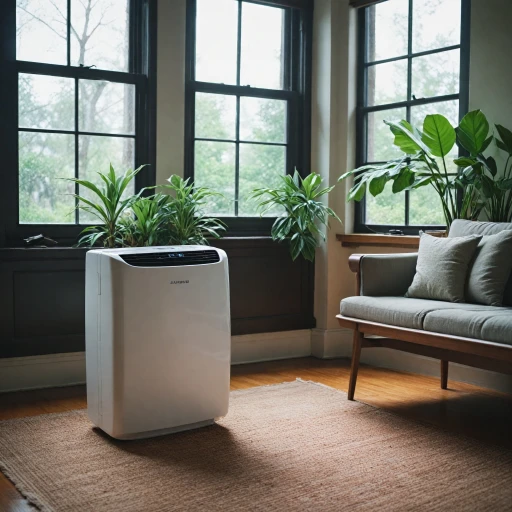
Understanding BTU and Its Importance
Decoding BTU: Key to Optimal Cooling Performance
When diving into the world of portable air conditioners, the term BTU, short for British Thermal Units, becomes an essential metric to understand. It plays a pivotal role in determining the cooling capacity of the air conditioner and, ultimately, should significantly influence your purchase decision. BTU is a measure of thermal energy and indicates the amount of energy needed to cool a particular space.
Higher BTU numbers indicate the ability of the unit to cool larger spaces. For instance, a 15,000 BTU model can effectively cool up to 700 square feet, making it suitable for sizeable living areas or small offices. Selecting too low or too high a BTU rating for your needs could leave you with an inefficient product. A model with too high BTU might cool a room too quickly without properly dehumidifying, leaving behind clammy air.
Various air conditioners, including window and portable types, highlight this rating prominently to guide consumers. Whether you’re looking for a low-profile, high performance air conditioner to navigate through the seasonal heat or a ducted unit to harmonize with your space, the BTU is the reliable stroke of measure.
Factors such as the room's size, the number of windows, and even the direction they face can impact the effectiveness of the BTU capacity. To ensure you're making the right choice, consider looking into resources that provide further insights into selecting the best fit for your space. For instance, you might find invaluable tips tailored to unique conditions such as choosing the right portable AC for your garage.
An adequate understanding of BTU doesn't just enhance cooling. It also aligns with considerations such as energy efficiency, noise levels, and more, ensuring you choose an investment that adds comfort and value to your environment.
Energy Efficiency Considerations
Making Every Watt Count
When selecting a portable air conditioner, energy efficiency is a crucial factor to ensure you're both eco-conscious and budget-savvy. A 15,000 BTU model has the capacity to cool an extensive space effectively, yet its energy consumption may vary based on the unit's design and technology. Opting for an air conditioner with energy-saving features, such as an Energy Star certification, can significantly reduce your electricity bills over the long term. Consider units equipped with a *heat pump*, which can offer year-round use by providing warmth during colder months. Many consumers appreciate high-efficiency models that strike a balance between maintaining optimal cooling and cutting down on excessive power use. A distinguishing feature of an efficient portable air conditioner is a *remote control*. This allows you to conveniently manage temperature settings from a distance, ensuring minimal energy is wasted when adjusting your room's comfort level. Additionally, modes such as *hour timer* settings help control the unit’s operation, further conserving energy when cooling is not continuously necessary. For those living in compact spaces, the *low profile* design of these air conditioners can be ideal, as they typically fit well with varied window openings. This design approach can save space without compromising on the performance of your cooling unit. Evaluating the energy performance of your potential purchase not only saves money but also extends the longevity of the product. High-quality portable air conditioners often include a limited warranty, assuring efficient operation and customer service support throughout their lifespan. Deciding on the right balance between an upfront investment and long-term savings is key to maximizing the benefits of a portable air conditioning unit. For more insights into how energy-efficient units operate and the benefits they bring, you may find additional guidance by exploring the benefits of a 4000 BTU portable air conditioner.Noise Levels and Comfort
Decibel Levels and Ensuring a Quiet Environment
When selecting a portable air conditioner, noise levels are pivotal to achieving comfort, especially if the unit is placed in bedrooms or workspaces. High BTU models, like a 15,000 BTU portable air conditioner, can sometimes operate louder due to their robust cooling capabilities, but many modern conditioners have been designed with tranquility in mind.
It's essential to assess the decibel (dB) ratings— most units on the market today strive to maintain a low profile sound by incorporating technology aimed at quiet operation. Reviews from those who have filled their spaces with an air conditioner often highlight the importance of this factor.
Importance of a Noise-Free Cooling Experience
A quiet air conditioner ensures it doesn’t interfere with daily activities like conversations, relaxation, or sleep. Some models even come with innovative features such as a 'sleep mode' or 'quiet mode', reducing the noise to a whisper while still maintaining efficient cooling.
Moreover, it’s worth considering units with an integrated remote control or hour timer functions. These features allow the user to conveniently adjust settings from a distance, minimizing the need for interaction with the unit and thereby contributing to an undisturbed environment.
Investing in noise-reducing accessories, such as vibration pads, can further enhance comfort. Be sure to check if these parts accessories are available or included in the product stock.
Balancing Sound and Performance
By balancing noise levels with energy efficiency and cooling performance, a seamless experience can be achieved. It's about finding a model that doesn’t sacrifice functionality for a quiet operation. Consulting with customer service options can provide insights into warranty aspects, usually ranging from a year limited to extended coverage, which could save you from future disturbance.
To learn more on how to select a low-noise unit optimized for comfort, consider exploring further options like a portable air conditioning unit for RV, where compact yet efficient design is critical.
Installation and Portability
Effortless Cooling Setup
When you’re in the market for a 15,000 BTU portable air conditioner, installation and portability are crucial factors to consider. Unlike more permanent solutions like window air conditioners or ducted systems, portable units offer flexibility and mobility. Setting up a portable air model usually requires minimal effort. Most units come with a window kit, allowing you to easily position the exhaust hose within a window opening to efficiently expel heat. This feature is not only convenient but also saves you from complex installations that often require professional services. Simply fill the window with the exhaust hose—typically adjustable to fit most windows—and you’re ready to enjoy a cooled space.Weight and Movement
Another key aspect is the mobility afforded by the design. With most units weighing between 60 to 80 lbs, these air conditioners are designed to be relatively easy to move from room to room, providing flexibility as your cooling needs change. Most models are equipped with wheels and handles, or a low profile that makes transportation hassle-free.Convenience and Ease of Use
The control options these conditioners offer add to their appeal. Many models accompany a remote control feature, enabling easy adjustments in temperature and settings from across the room. A 24-hour timer can also be a convenient addition, allowing for scheduled cooling which can be a great way to manage energy use efficiently.Consider Portability Options
When selecting a product, consider if a unit with high portability features suits your lifestyle. For those who move frequently or need a flexible cooling solution for specific times of the year, a portable air conditioner can be advantageous. Additionally, checking for a year limited warranty may offer peace of mind, knowing that you are covered in case parts accessories require replacement or the unit needs service. In summary, prioritize a portable air conditioner model that aligns with your specific install-and-go needs, bearing in mind aspects like weight and ease of use, and you'll enjoy effective cooling without the permanence or complications of traditional air conditioners.Maintenance and Longevity
Keeping Your Portable Air Conditioner in Top Shape
When investing in a 15,000 BTU portable air conditioner, understanding how to maintain it can significantly enhance its longevity and performance. Regular maintenance not only ensures efficient cooling but also helps you save on potential repair costs. Here are some key aspects to consider:
- Regular Cleaning: Dust and debris can accumulate in the air filters, affecting the cooling efficiency. Make it a habit to clean or replace filters every few weeks, especially during peak usage periods. This simple step can prevent the unit from working harder than necessary, saving energy and extending its lifespan.
- Check for Leaks: Inspect the unit for any signs of leakage, particularly around the window opening where the exhaust hose is connected. Proper sealing is crucial to prevent warm air from entering and reducing the cooling effect.
- Monitor the Condensate Drain: Portable air conditioners often have a condensate drain that needs to be emptied regularly. Some models come with a built-in pump white feature to automatically manage this, but manual checks are still advisable to avoid overflow issues.
- Inspect Parts and Accessories: Regularly check the condition of parts and accessories, such as the remote control and ducted hoses. Ensuring everything is in good working order can prevent unexpected breakdowns.
- Yearly Professional Check: Consider scheduling a professional maintenance check once a year. This can help identify any underlying issues that might not be immediately visible and ensure your unit is running at peak efficiency.
By following these maintenance tips, you can enjoy the benefits of your portable air conditioner for years to come. Remember, a well-maintained unit not only provides better cooling but also operates more quietly, contributing to a more comfortable environment.
